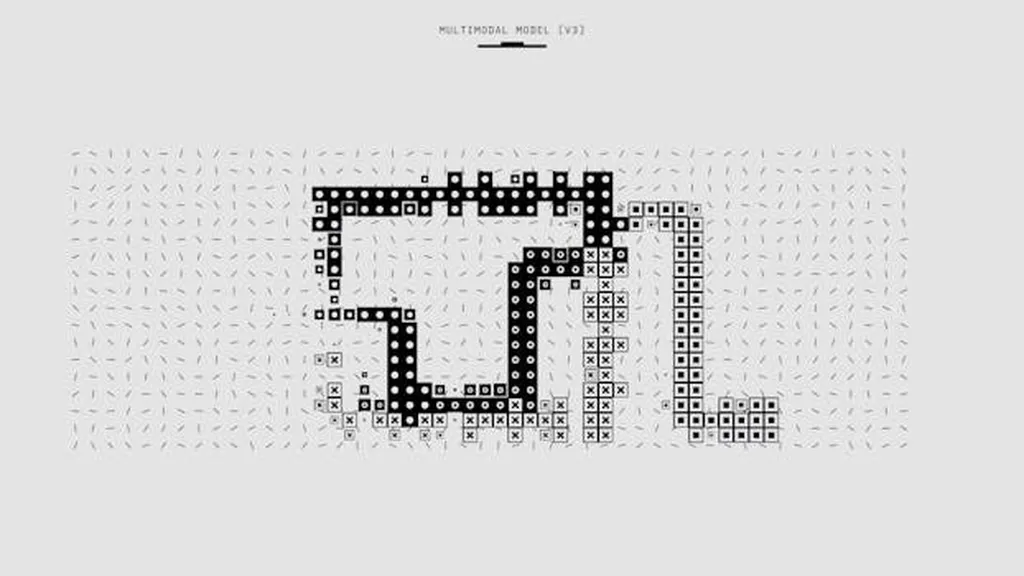In the ever-evolving landscape of power grid technology, a new tool developed by researchers at Sandia National Laboratories is poised to revolutionize how we analyze and visualize electrical network propagation. ENCoRP, short for Electrical Network Conductive and Radiative Propagation, is a cutting-edge software that enables users to compute and visualize both conductive and radiative propagation associated with signals traversing electrical networks. This tool, presented in the journal published in the English language as “IEEE Access,” is set to make waves in the energy sector by enhancing the understanding of power line communications and network analysis.
John Chilleri, the lead author of the study and a researcher at Sandia National Laboratories in Livermore, California, explains the significance of ENCoRP. “ENCoRP allows us to emulate real-world power grids, providing a comprehensive view of how signals propagate through electrical networks,” Chilleri says. “This tool is designed to be user-friendly, yet powerful enough to handle complex network configurations.”
ENCoRP’s capabilities are impressive. It enables users to construct detailed electrical networks composed of cables and nodes, with cables containing phase wires and ground/neutral wires, and nodes representing various electrical elements such as transmitters, receivers, junction boxes, terminating loads, and shunt loads. The tool integrates a MATLAB-based graphical user interface with a Python conductive model and COMSOL Multiphysics® radiative model, offering a seamless user experience.
One of the standout features of ENCoRP is its ability to visualize network parameters (ABCD, S, Y, or Z), spatially resolved voltages and currents, or electric and magnetic fields. This level of detail is crucial for understanding the behavior of electrical networks and optimizing their performance.
The research team validated ENCoRP’s results against Personal Simulation Program with Integrated Circuit Emphasis (PSpice), ensuring the tool’s accuracy and reliability. Chilleri highlights the practical applications of ENCoRP, particularly in the context of hybrid wired-wireless systems. “By examining the electromagnetic fields experienced by standalone devices in the presence of an electrical network, we can better design and optimize these systems for real-world applications,” he explains.
The implications of ENCoRP for the energy sector are vast. Enhanced understanding of power line communications can lead to more efficient and reliable electrical networks, reducing energy losses and improving overall system performance. Additionally, the tool’s ability to analyze radiative propagation can aid in the development of advanced wireless communication technologies, paving the way for innovative applications in smart grids and the Internet of Things (IoT).
As the energy sector continues to evolve, tools like ENCoRP will play a pivotal role in shaping the future of power grid technology. By providing a comprehensive and user-friendly platform for analyzing electrical network propagation, ENCoRP is set to become an indispensable tool for researchers, engineers, and industry professionals alike.
In the words of Chilleri, “ENCoRP represents a significant step forward in our ability to understand and optimize electrical networks. We are excited to see how this tool will be utilized to drive innovation in the energy sector.”

